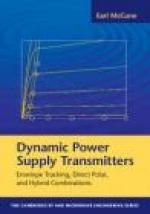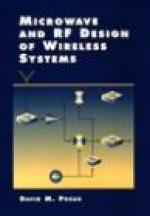Resources that describe the operation and design of individual RF components such as amplifiers, mixers, etc.
www.rfmentor.com
Tools and training to help your RF/Wireless career
Menu
Main menu
Quick Links
User menu
User login
Popular content
- Getting Its Measure: Oscillator Phase Noise Measurement Techniques and Limitations
- What's New in Digital Predistortion
- Pasternack RF Calculators and Conversions
- Training Courses on RF/High Speed PCB Design
- Ringing with High Quality Components
- RF Globalnet
- Specifying Calibration Standards and Kits for Keysight Vector Network Analyzers
- Microwaves and RF Magazine
- eCalc Scientific Calculator
- LC Resonance Plotter







